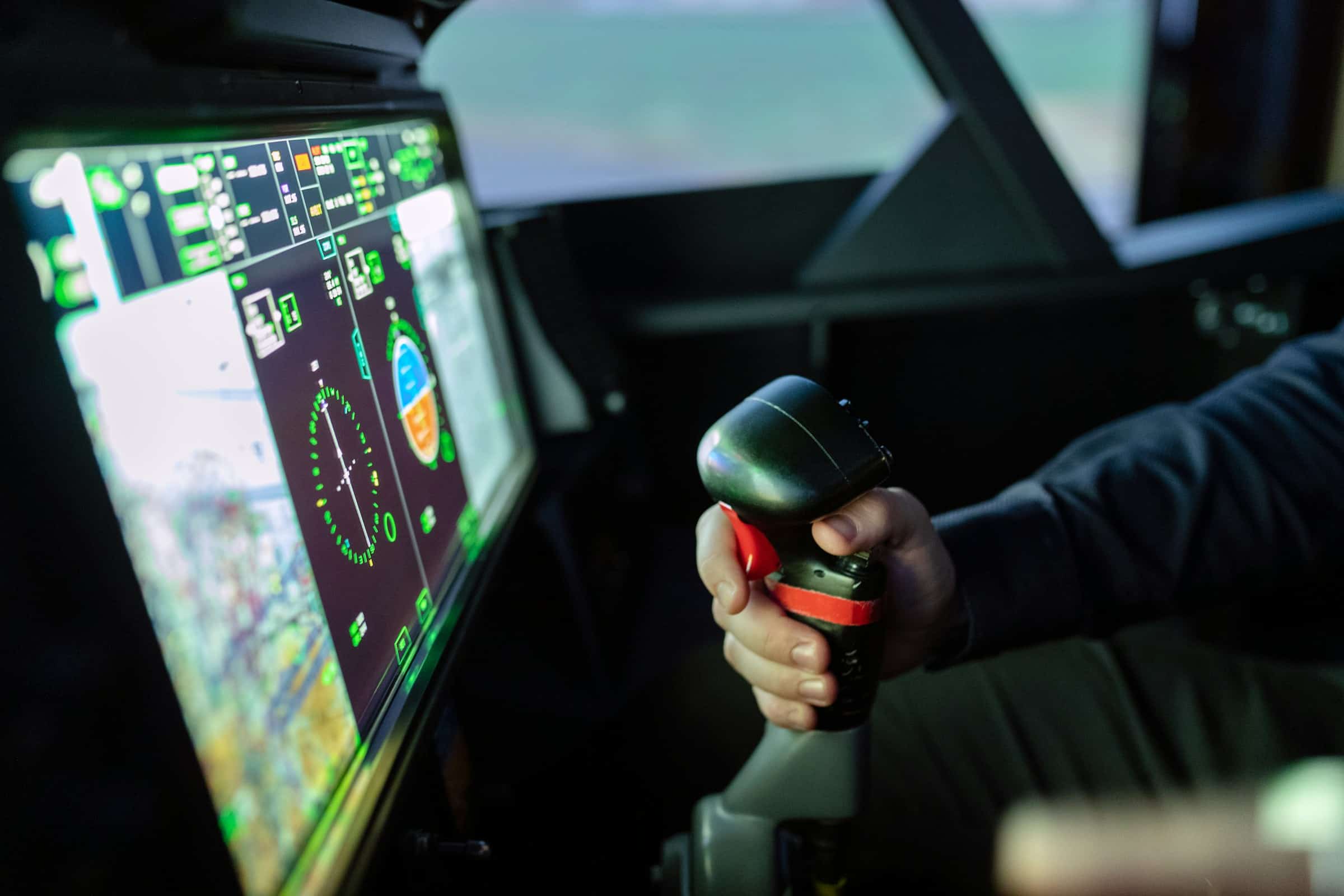What techniques are essential for creating dynamic weather systems in flight simulators?

Flight simulators have become an indispensable tool in modern aviation, allowing pilots and aspiring aviators to practice and refine their skills in a controlled environment. One of the critical aspects that enhance the realism of these simulators is the dynamic weather system. Accurate weather representation is vital for pilot training, flight planning, and decision-making, as it mimics real-world conditions pilots face during actual flights. Today, we delve into the techniques essential for creating dynamic weather systems in flight simulators.
The Role of Weather Simulators in Pilot Training
In the realm of flight simulators, weather simulation is a cornerstone for creating a realistic environment. By leveraging advanced weather models, these systems can replicate various weather conditions, from clear skies to turbulent storms. For pilots, this means the ability to train under a wide range of scenarios, enhancing their skills and decision-making abilities.
Avez-vous vu cela : How can machine learning be used to personalize game tutorials for individual player needs?
Integrating Real-Time Weather Data
A key technique in weather simulation is the integration of real-time weather data. By tapping into live weather feeds, simulators can update conditions dynamically, providing a near-real representation of what pilots would experience in the actual sky. This utilization of advanced weather data ensures that the simulations remain current and relevant.
Incorporating real-time data involves linking the simulation engine with weather radar and satellite systems. These systems continuously gather information, such as wind speeds, temperature variations, and precipitation, feeding it into the simulator. This method not only improves the realism of the simulation but also allows pilots to practice flight planning with up-to-date aviation weather.
A découvrir également : How can developers optimize real-time reflections for better performance in mobile games?
The Power of Predictive Weather Models
Besides real-time data, predictive weather models play a crucial role. These models use sophisticated algorithms to forecast weather patterns based on historical data and current atmospheric conditions. In flight simulators, predictive models help create future weather scenarios, enabling pilots to prepare for potential challenges they might face during their flights.
Predictive models can simulate a wide range of weather conditions, from mild turbulence to severe thunderstorms. They also allow for the testing of specific scenarios, such as emergency landings in poor visibility or navigating through heavy rain. This versatility makes predictive weather models an invaluable tool in pilot training.
Leveraging Virtual and Augmented Reality
The advent of virtual reality (VR) and augmented reality (AR) has revolutionized the way weather is simulated in flight training. These technologies immerse pilots in a highly realistic environment, where they can interact with weather phenomena in three dimensions.
Virtual Reality in Weather Simulation
VR provides an immersive experience by placing pilots in a virtual cockpit surrounded by a 360-degree view of the simulated world. This environment can dynamically change to reflect different weather scenarios, from sunny skies to stormy weather. Pilots can experience the effects of wind turbulence, rain, and lightning firsthand, making the training sessions more engaging and effective.
Moreover, VR can simulate the physical sensations that pilots feel during real flights, such as the vibrations caused by turbulence or the sensation of wind shear. This sensory feedback enhances the realism of the training and helps pilots develop a more intuitive understanding of how to handle various weather conditions.
Augmented Reality for Enhanced Situational Awareness
AR takes weather simulation a step further by overlaying digital information onto the real world. In flight simulators, AR can be used to project weather maps, radar data, and other relevant information onto the pilot's field of view. This integration of virtual elements with the real environment provides pilots with enhanced situational awareness.
For instance, AR can display a visual representation of approaching weather fronts, helping pilots make informed decisions about their flight path. It can also highlight potential hazards, such as areas of severe turbulence or icing conditions, allowing pilots to adjust their flight plan accordingly.
Advanced Simulation Engines and Environmental Dynamics
At the heart of any realistic flight simulator lies the simulation engine. This sophisticated system is responsible for generating the virtual world, including the weather. Modern simulation engines are equipped with advanced algorithms that can accurately model the dynamics of the atmosphere.
Simulating Atmospheric Dynamics
Creating a dynamic weather system requires a deep understanding of atmospheric physics. Simulation engines use mathematical models to replicate the behavior of air masses, temperature gradients, and pressure systems. These models take into account factors such as the Coriolis effect, which influences wind patterns, and the interaction between different air layers.
By accurately simulating these atmospheric dynamics, flight simulators can create realistic weather conditions that evolve over time. For example, a simulation might depict a cold front moving in, causing a shift in wind direction and a drop in temperature. Pilots can observe these changes and adapt their flying techniques accordingly.
Incorporating Micro-Scale Weather Phenomena
In addition to large-scale weather patterns, advanced simulation engines also account for micro-scale phenomena. These include localized weather events such as microbursts, wind shear, and turbulence. By modeling these smaller-scale events, simulators provide a more comprehensive training experience for pilots.
For instance, a microburst simulator can recreate the sudden downdrafts that pilots might encounter during takeoff or landing. Pilots can practice their response strategies, learning how to maintain control of the aircraft in these challenging conditions. This level of detail ensures that pilots are well-prepared for any eventuality they might face in the real world.
The Importance of Accurate Weather Mapping and Visualization
To fully leverage the capabilities of weather simulation, it is essential to have accurate mapping and visualization tools. These tools enable pilots to interpret weather data effectively and make informed decisions.
High-Resolution Weather Maps
High-resolution weather maps are a fundamental component of flight simulation. These maps provide detailed information about weather conditions across different regions, allowing pilots to plan their flights with precision. Advanced mapping systems can display real-time data, predictive models, and historical trends, giving pilots a comprehensive view of the weather situation.
Moreover, high-resolution maps can highlight critical information, such as areas of severe turbulence or icing. This information is crucial for flight planning and decision-making, as it helps pilots avoid hazardous conditions. By integrating these maps into the simulation environment, pilots can practice analyzing and interpreting weather data, honing their skills for real-world scenarios.
Interactive Weather Visualization
Interactive weather visualization tools enhance the training experience by allowing pilots to interact with weather data in a meaningful way. These tools enable pilots to manipulate weather conditions, observe their effects, and test different strategies.
For example, an interactive radar display can show the movement of weather systems in real-time. Pilots can adjust their flight path to avoid severe weather, practicing their decision-making skills. Additionally, interactive tools can simulate the impact of various weather factors, such as crosswinds or low visibility, helping pilots develop a deeper understanding of how to navigate these challenges.
Creating dynamic weather systems in flight simulators is a complex and multifaceted process that requires the integration of real-time data, predictive models, advanced simulation engines, and cutting-edge technologies like VR and AR. These techniques work in unison to provide pilots with a realistic and comprehensive training experience, preparing them for the myriad challenges they might encounter in the skies.
By leveraging real-time weather data, predictive weather models, and immersive technologies, flight simulators can replicate a wide range of weather conditions, from calm and clear to turbulent and stormy. This level of realism is crucial for pilot training, as it helps pilots develop the skills and confidence needed to navigate any situation they might face.
In conclusion, the techniques essential for creating dynamic weather systems in flight simulators are instrumental in shaping the next generation of pilots. These methods ensure that simulations are as close to reality as possible, fostering a deep understanding of aviation weather and enhancing overall flight safety. As technology continues to advance, we can expect even more sophisticated and realistic weather simulations, further bridging the gap between virtual and real-world aviation.
